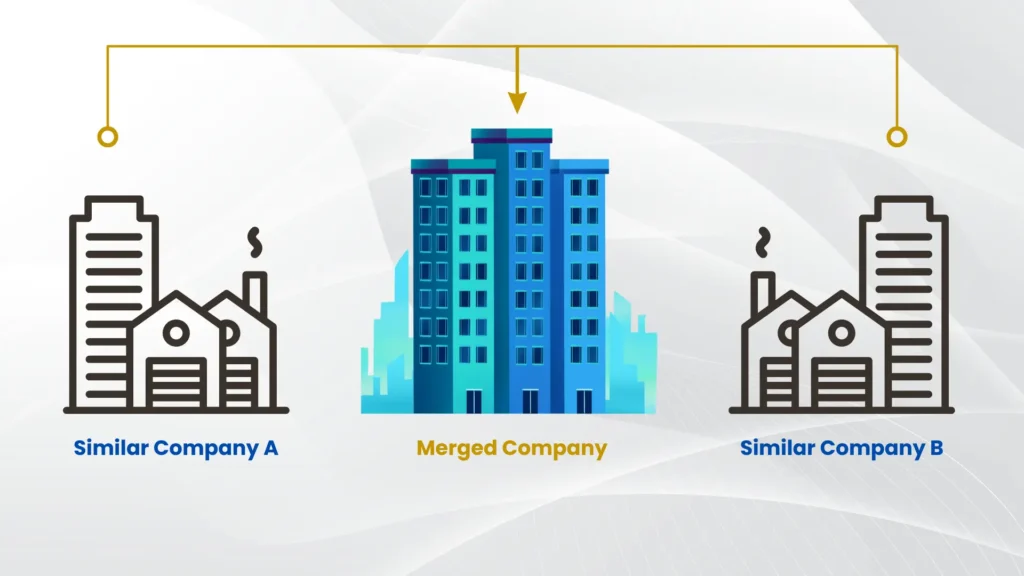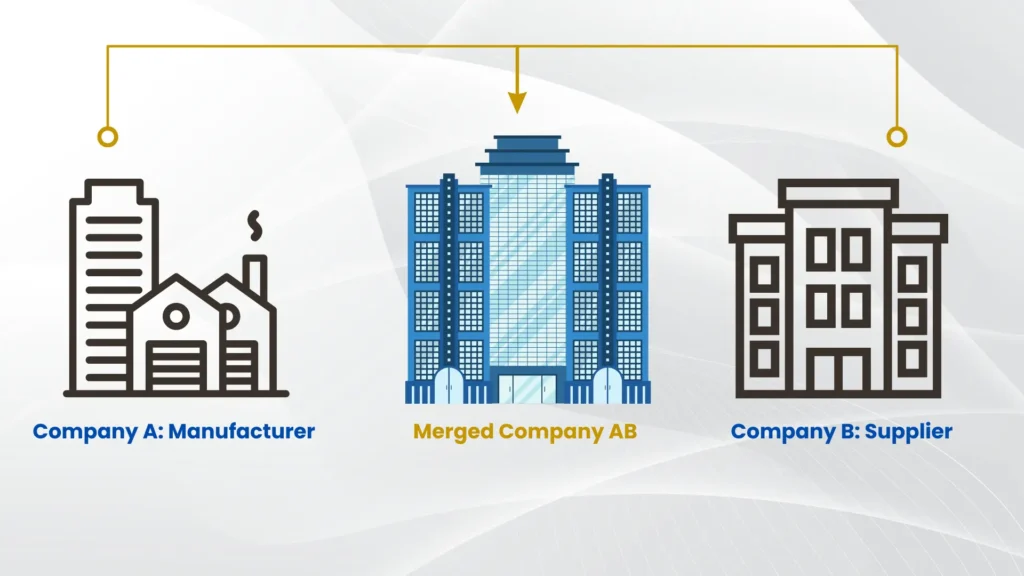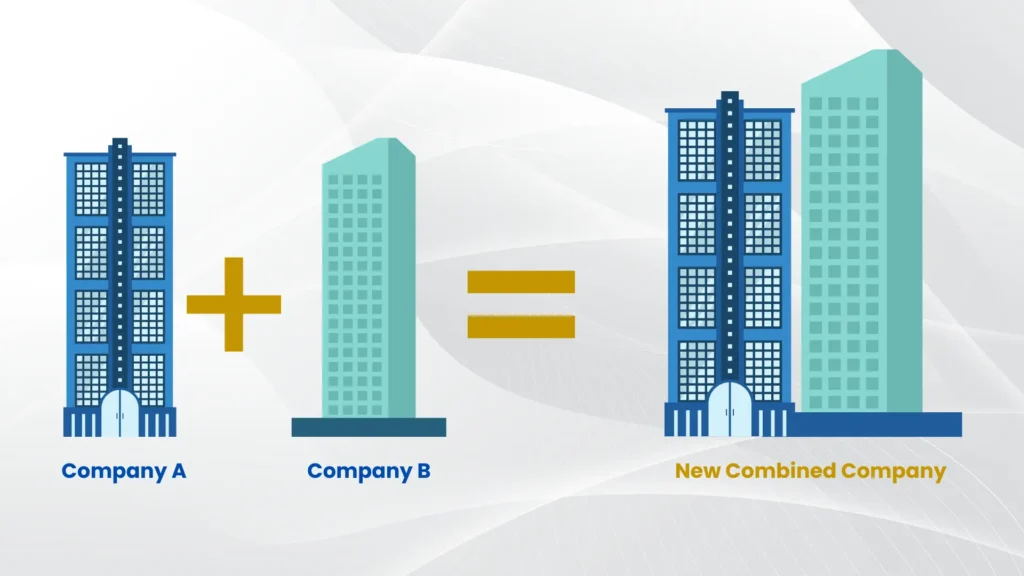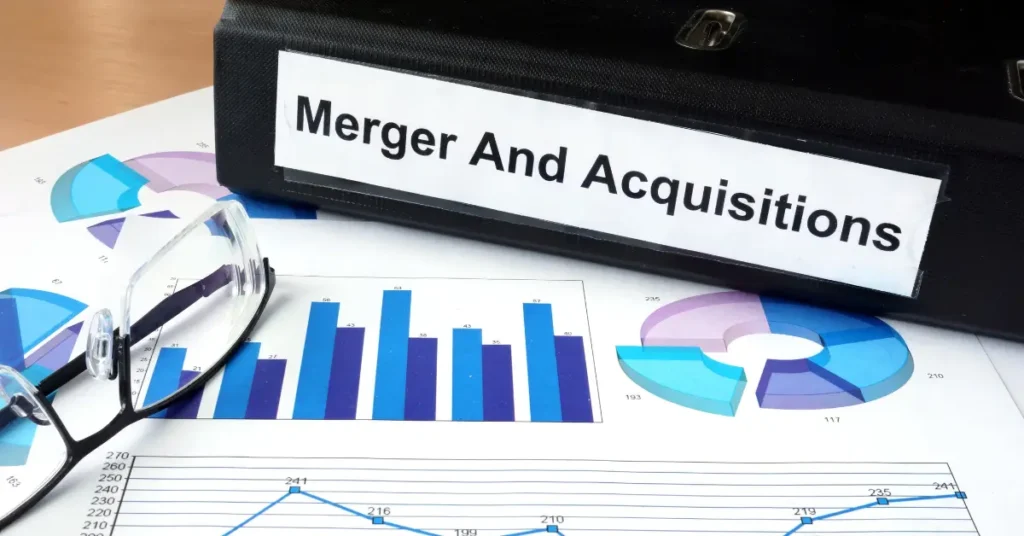The UAE is an exclusive destination for Mergers and Acquisitions (M&A). Thanks to its business-friendly regulations and efficient legislative framework. A recent report by EY reveals a remarkable surge in mergers and acquisitions (M&A) activity in the Middle East and North Africa (MENA) region, with the United Arab Emirates (UAE) emerging as the preferred destination for investors. According to the report, the UAE accounted for 60% of the total inbound M&A volume and 67% of the value, underscoring its attractiveness for foreign direct investment (FDI).
M&A transactions are highly complex and demand careful preparation, strategic implementation, and specialized expertise. M&A lawyers have in-depth knowledge of the legal landscape and can assist in ensuring regulatory adherence, overseeing due diligence, and skilfully negotiating deal terms.
They can assist in drafting and negotiating key agreements, including Memoranda of Understanding (MOUs), confidentiality agreements, and share purchase agreements.
Moreover, they provide guidance on structuring deals, evaluating potential risks, resolving disputes, and supporting the post-merger integration process.
Without further ado, let’s see what mergers and acquisitions are.
What Are Mergers and Acquisitions?
Mergers and Acquisitions are corporate strategies that focus on the consolidation of companies or their assets. Although the terms are frequently used interchangeably, they refer to separate processes with different implications for the entities involved.
Key differences between mergers and acquisitions
A Merger takes place when two companies join forces to create a new organization. During this process, both companies legally dissolve their former identities and establish a new entity, usually under a different name.
An Acquisition, in contrast, refers to one company buying a controlling stake in another. In this scenario, the acquiring company assumes control over the target company’s operations, which may no longer operate as an independent entity.
Types of M&A transactions
Horizontal
A horizontal M&A transaction takes place when companies within the same industry merge or when one company acquires another operating in a similar sector. Horizontal transactions typically involve companies producing related products or providing similar services as direct competitors. For example, a merger of two rival restaurants or airlines.

Vertical
Vertical arrangements connect businesses operating at different stages of the supply chain. Vertical transactions typically involve companies that are not in direct competition with one another. For example, a merger between a manufacturer and a distributor.

Conglomerate
A conglomerate M&A transaction occurs when two companies from entirely different industries combine their operations. This type of transaction enables the newly formed company to broaden its portfolio and revenue streams.

Strategic Reasons for Pursuing M&A
Market expansion
M&A drives business growth, expands market presence, and enables profitable exits. By collaborating with other companies, businesses can expand into new markets and tap into valuable resources.
Synergy creation
Combining two businesses through mergers and acquisitions (M&A) creates synergy, resulting in a single, more valuable organization. This enables companies to achieve growth and enhance their competitive positioning.
Technology acquisition
Businesses can also improve their competitive edge by acquiring new technologies.
The M&A Process in the UAE
Stage 1: Planning and Strategy
Establishing clear goals and objectives is important at the outset of any M&A transaction. This initial phase requires businesses to define the strategic rationale driving the transaction, thereby setting the stage for all subsequent activities.
Choosing an appropriate M&A partner is fundamental for achieving corporate growth and strategic success. It is important to develop comprehensive criteria for identifying suitable targets, taking into account their financial health, strategic compatibility, and value addition potential.
Stage 2: Due Diligence
Due Diligence determines the success or failure of an M&A deal. It enables businesses to identify potential risks associated with the target company as well as legal, financial, and regulatory challenges. Deals that are supported by comprehensive due diligence are more likely to succeed.
It includes a comprehensive evaluation of the target company’s financial health, its contractual obligations, operational efficiency, tax implications, and other relevant factors. It is important to thoroughly review the target company’s financial statements, constitutional documents, employment documents, licenses, lease agreements, financial facilities taken by the target company, etc.
Due diligence helps identify potential risks associated with the M&A transaction. By uncovering hidden liabilities or operational challenges, buyers can make informed decisions about whether to move forward with the transaction or renegotiate its terms.
Stage 3: Negotiation and Agreements
An M&A transaction can take two forms: Asset Purchase and Share Purchase.
In an asset purchase, the acquiring company buys specific assets of the target company (such as inventory, equipment, and real estate). In contrast, a share purchase involves the acquisition of the shares of the target company.
Different types of M&A transactions necessitate the drafting of various legal agreements (such as Asset Purchase Agreements and Share Purchase Agreements), each requiring careful and thorough attention to detail to protect the interests of all parties involved.
Asset Purchase Agreements (APAs)
An APA facilitates the transfer of designated assets from the seller to the buyer, which necessitates a clear definition of these assets, encompassing both tangible items like machinery and intangible assets such as intellectual property. The agreement must also specify any liabilities that the buyer will take on and outline conditions for asset transfer, including any required consents from third parties.
Furthermore, it is important to clearly articulate financial terms such as the purchase price and payment structure, as well as provisions for termination and indemnification to protect both parties from unforeseen complications. Effective drafting not only ensures compliance with legal standards but also helps mitigate risks associated with the transaction, thereby influencing its overall success.
Share Purchase Agreements (SPAs)
SPAs outline key components of an M&A transaction, like the purchase price, payment terms, and any prerequisites that must be fulfilled before the deal is completed. This clarity is vital in avoiding misunderstandings between the parties involved.
A well-structured SPA is an essential instrument for successful M&A transactions. It offers both operational and legal clarity, safeguards against potential disputes, and facilitates a smoother transition during ownership changes.
Key clauses to include in SPAs:
- Parties: Identification of all parties involved in the transaction.
- Purchase Price: A comprehensive breakdown of the total purchase price and payment terms.
- Closing Conditions: Clearly defined conditions that must be met before the closing of the transaction.
- Termination Provisions: Clauses that permit either party to terminate the agreement under specified conditions.
- Governing Law and Dispute Resolution: Clauses specifying which jurisdiction’s laws will apply and detailing the process for resolving disputes, ensuring clarity regarding legal options in case of any issues.
Stage 4: Regulatory Approvals
M&A transactions in the UAE are subject to a complex regulatory environment that necessitates various approvals from different authorities. The UAE has both free zone and mainland jurisdictions, each having its own legal and regulatory framework affecting M&A transactions.
Successfully executing M&A transactions in the UAE demands a strong grasp of regulations in both free zones and mainland areas, alongside knowledge of diverse regulatory bodies’ specific requirements. Companies should maintain a diligent approach to guarantee compliance across all relevant jurisdictions.
Stage 5: Post-Transaction Integration
Once the acquisition or merger is complete, the next step is to prepare integration plans. To make the transition as smooth as possible for all stakeholders, it is important to ensure that the combined business is aligned and compliant with all applicable local laws and regulations. This involves liaising for any required NOCs, reviewing relevant amendments to the constitutional documents, reviewing the assignment of the lease agreement, etc.
Addressing Cultural and Organisational changes
Successfully dealing with cultural and organizational issues in mergers and acquisitions is critical. Through detailed cultural assessments, leadership involvement, employee engagement and the promotion of open dialog, companies can skillfully navigate these complex issues.
Implementing these approaches not only reduces the risk of cultural misalignment, but also increases the chances of effective integration and the realization of post-transaction synergies.
The Role of Legal Experts in M&A
M&A transactions are highly complex. M&A advisors play an important role in the success of mergers and acquisitions by providing specialized expertise and strategic guidance throughout the transaction process.
M&A advisors have extensive expertise in valuation techniques and due diligence procedures, both of which are crucial for accurately evaluating a company’s value and identifying potential risks. They can also help in facilitating negotiations between the parties as well as developing integration strategies to facilitate a seamless transition.
M&A Services Offered by SK Legal
SK Legal is focused on delivering thorough legal services that enable businesses to effectively manage the complexities involved in M&A transactions. Whether you are planning a strategic acquisition or looking into merger possibilities, our team will guide you through the nuances of M&A transactions.
We hold a distinct advantage compared to other international firms due to our strong local presence and extensive local knowledge and experience. Our team is dedicated to providing customized solutions that align with our clients’ strategic goals.
Due Diligence
We perform meticulous due diligence to uncover potential liabilities and risks, empowering our clients to make well-informed decisions. This includes a thorough review of the target company’s constitutional documents, employment documents, licenses and lease agreement, financial facilities taken by the target company etc. Our understanding of local UAE laws also helps us in identifying both ongoing and potential litigation involving the target company.
Contract Drafting and Negotiation
We offer expert advice on various transaction structures and engage in constructive negotiations. We provide comprehensive drafting services for a wide range of documents essential for M&A transactions such as Sale Purchase Agreements, Asset Purchase Agreements, Escrow Agreements etc.
The preparation of SPA is a vital task that demands careful attention to detail and a thorough understanding of legal principles. We focus on several key aspects such as the purchase price, payment terms, representations and warranties, indemnities etc.
Our team is well-versed in local laws and familiar with the local departments, enabling us to effectively manage the procedural aspects of registering a SPA.
Regulatory Compliance and Post Transaction Integration
Once the deal is finalized, we support clients in developing integration strategies to facilitate a seamless transition and ensure alignment within the business as well as compliance with all local regulations. This includes liaising with the client for any NOCs required, reviewing relevant amendments to the constitutional documents, reviewing the assignment of lease agreement etc.
Get Expert Legal Advice on Mergers and Acquisitions with SK Legal
Mergers and Acquisitions are powerful tools for business growth. However, they demand precision, planning, and expert legal support. At SK Legal, we offer expert legal guidance to support successful M&A transactions in the UAE. Our services include:
- Comprehensive Legal Consultancy: Our expert team provides clear, personalised legal advice, whether you are acquiring a company, entering a joint venture, or merging with a strategic partner.
- Efficient Policy Review and Implementation: We assist businesses in creating and updating employment contracts, shareholder agreements, and corporate documents to align with DIFC Employment Law and UAE regulations, minimising risks and ensuring compliance.
- Specialised Legal Support: Our experienced lawyers are equipped to handle all aspects of M&A transactions—due diligence, negotiation, documentation, regulatory approvals, and post-transaction integration.
For personalised assistance and expert legal advice on DIFC Employment Law, contact us at [email protected] .
Frequently Asked questions about Mergers and Acquisitions in UAE (FAQs)
A typical M&A transaction in the UAE takes 6 to 12 months from planning to completion. However, complexity factors such as regulatory approvals, negotiation delays, due diligence issues, or cross-border elements can extend the process to 18 months or more.
Transaction costs typically range from 1% to 4% of the deal value, covering legal, financial and advisory fees, due diligence, severance or retention bonuses, IT‑integration, real estate adjustments, regulatory filings, and more. In the UAE, it’s common for each party to bear their own advisory expenses unless otherwise negotiated.
- Horizontal — two competitors within the same industry merge (e.g., rival airlines).
- Vertical — merging with entities across the supply chain (e.g., manufacturer and distributor).
- Conglomerate — companies in unrelated industries combine to diversify.
- Triangular merger — a target merges with a shell subsidiary of the acquirer, often used in structured deals.
A classic merger example is when two airlines combine to form a new entity legally dissolving both original identities into one unified company. An acquisition example is when one airline purchases a controlling stake in another, absorbing it into its operations without creating a new entity.
The primary goals are to:
- Expand market share or enter new markets quickly;
- Generate synergies, such as cost efficiencies or complementary capabilities;
- Access new technologies or talent;
- Diversify offerings;
- Reduce tax liabilities by utilising target company losses
The typical phases are:
- Strategy & planning – defining goals and target criteria.
- Due diligence – investigating legal, financial, operational, and regulatory aspects.
- Negotiation – agreeing on structure, price, terms, and drafting SPA or APA.
- Closing & regulatory approvals – finalising and registering the deal.
- Integration – aligning systems, cultures, and operations
Based on the PwC model, the key steps include:
- Assessment & preliminary review (prepare information memorandum).
- Negotiation & Letter of Intent (LOI).
- Due diligence.
- Final negotiations & closing.
- Post‑closure integration—embedding combined operations, cultures, and systems.
An M&A strategy defines the ‘why’ and ‘how’ of a transaction, covering objectives (e.g., market expansion, technology acquisition), criteria for target selection (size, geography, financial health), preferred deal structure (asset vs share purchase), integration planning, and risk management protocols. It provides a roadmap guiding the entire lifecycle of the transaction, enhancing both success rates and execution speed.
Author

Sameer Khan is one of the Best Legal Consultants in UAE, and Founder and Managing Partner of SK Legal. He has been based in UAE for the past 14 years. During this time, he has successfully provided legal services to several prominent companies and private clients and has advised and represented them on a variety of projects in the UAE.


